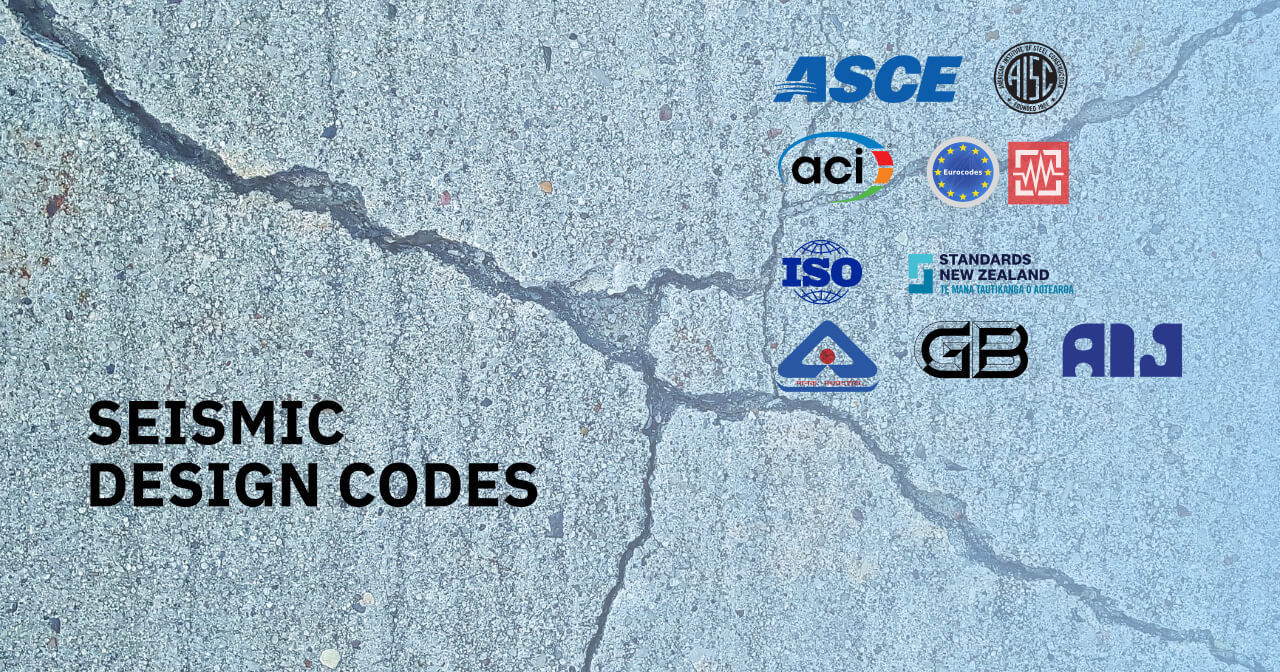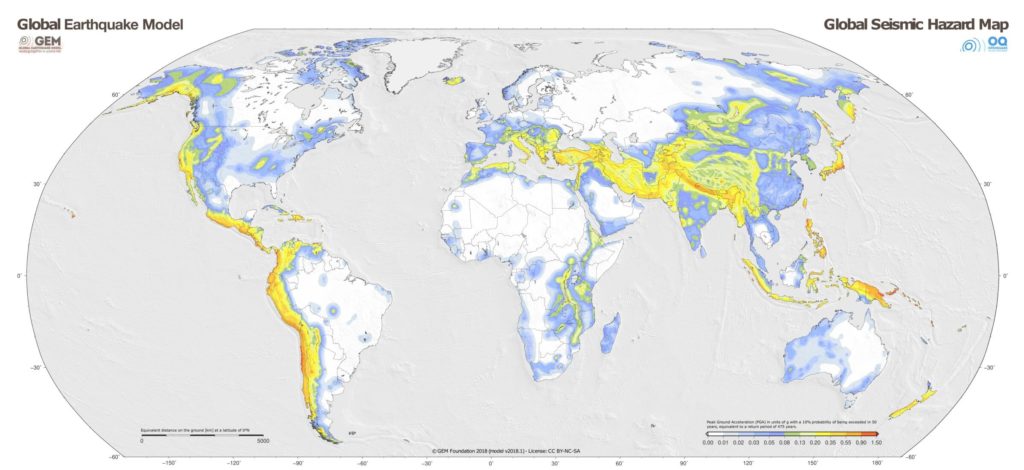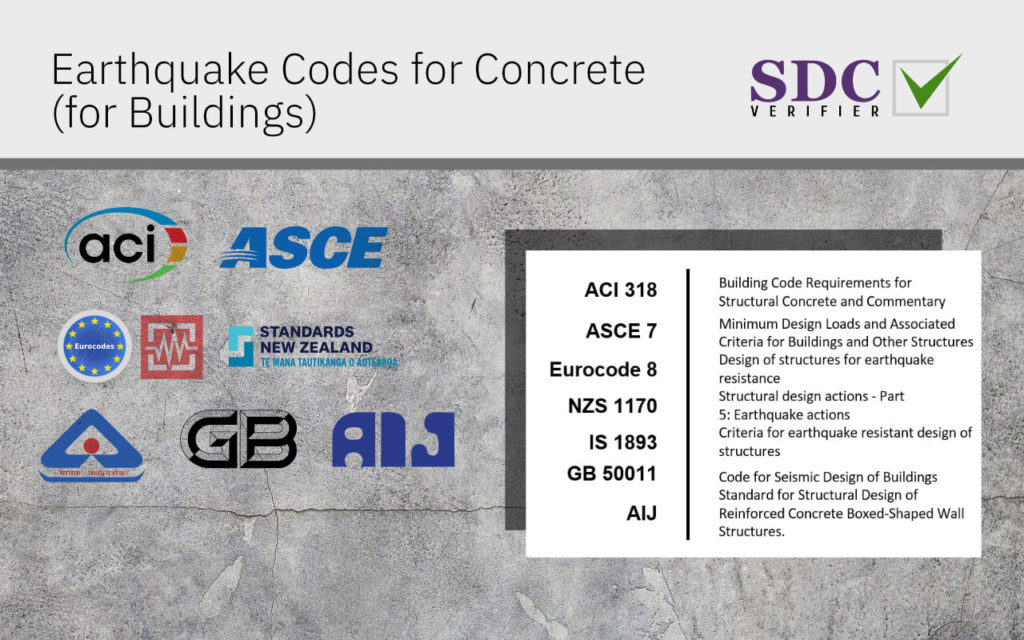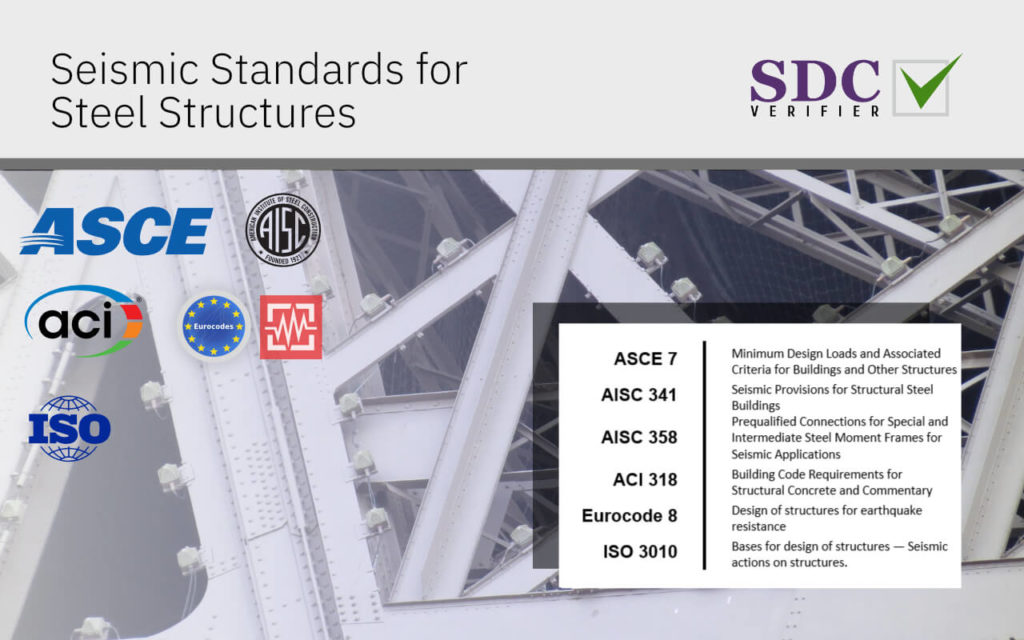Seismic Design: Codes, Standards, and Best Practices for Structures

Seismic codes and standards serve as the bedrock of structural resilience in earthquake-prone regions, underpinning the safety and durability of buildings and infrastructure.
By meticulously defining design parameters, construction methodologies, and testing protocols, these regulations act as a shield against the devastating impact of seismic events. They not only safeguard lives but also protect against economic disruption and property damage.
In this article, we delve into the critical role of seismic codes and standards in fortifying structures, exploring their significance in mitigating risks and bolstering resilience amidst seismic challenges.
Seismic Design and Earthquake Engineering
Seismic design and earthquake engineering stand as the cornerstone disciplines tasked with fortifying structures against the unpredictable forces of seismic activity.
At their core, these principles entail a meticulous understanding of how buildings and infrastructure respond to the intense shaking and ground motion generated by earthquakes.
Seismic Design Principles
Seismic design revolves around the strategic reinforcement of structures to withstand the dynamic forces exerted during seismic events.
This involves a multifaceted approach encompassing the selection of appropriate materials, implementation of robust structural systems, and adherence to stringent building codes and standards.
Engineers meticulously analyze the anticipated ground motions and tailor structural designs to ensure resilience under varying seismic intensities.
Importance in Earthquake-Prone Regions
In earthquake-prone regions, the significance of seismic design cannot be overstated. These areas face heightened risks of structural damage, posing grave threats to human life and infrastructure.
By integrating seismic design principles into construction practices, engineers can mitigate these risks and enhance the overall resilience of communities. Properly designed structures not only withstand the initial impact of earthquakes but also facilitate faster recovery and minimize long-term disruptions.
Global Seismic Hazard Zones
The planet’s dynamic geological landscape is punctuated by numerous seismic hazard zones, where tectonic forces. These zones serve as focal points of seismic activity, presenting significant challenges for infrastructure development and societal resilience.
Understanding these hazard zones is crucial for informed decision-making in urban planning, construction, and disaster preparedness efforts.

Major Seismic Hazard Zones
Pacific Ring of Fire: Revered as the most prolific seismic belt on Earth, the Pacific Ring of Fire spans the vast expanse from the western coast of North America, traversing South America, Japan, Southeast Asia, and Oceania.
Characterized by intense tectonic activity along the Pacific Plate’s boundaries, this zone is notorious for its frequent earthquakes and volcanic eruptions.
Mediterranean and Middle East: The collision of the African and Eurasian plates engenders significant seismicity across the Mediterranean and Middle Eastern regions.
From Turkey and Greece in the west to Iran and Pakistan in the east, this zone witnesses recurrent earthquakes, underscoring the geological intricacies shaping the landscape.
Himalayas: Nestled amidst the majestic peaks of the Himalayan range, this seismically active region bears witness to the relentless convergence of the Indian and Eurasian plates.
Major earthquakes, such as the devastating 2015 event in Nepal, underscore the region’s susceptibility to seismic hazards.
Alaska: Situated at the juncture of the Pacific and North American plates, Alaska emerges as a crucible of seismic activity within the United States.
Subduction zones and transform faults delineate the state’s geological fabric, fostering a landscape rife with seismic hazards.
Western United States: The tectonically diverse terrain of the western United States is defined by the notorious San Andreas Fault, a boundary separating the Pacific and North American plates.
This region experiences a spectrum of seismic phenomena, ranging from small tremors to catastrophic earthquakes.
South America: The western coast of South America bears witness to relentless subduction processes, as the Nazca Plate plunges beneath the South American Plate.
Seismicity along this volatile boundary engenders significant earthquakes and shaping the landscape.
Earthquake Codes for Concrete Structures
Concrete structures form the backbone of modern urban landscapes, offering strength, durability, and versatility in construction.
However, in earthquake-prone regions, the integrity of these structures hinges on adherence to stringent seismic-resistant design codes.
These codes delineate the requisite measures to fortify concrete buildings against the ravages of seismic forces, ensuring the safety and resilience of infrastructure in the face of earthquakes.

Seismic-resistant design codes serve as the blueprint for safeguarding concrete buildings against the destructive forces of earthquakes.
These codes outline comprehensive guidelines encompassing structural analysis, material specifications, construction techniques, and performance criteria tailored to mitigate seismic risks.
Overview of International Codes and Standards
- ACI 318: Published by the American Concrete Institute (ACI), ACI 318 presents the Building Code Requirements for Structural Concrete, offering comprehensive guidelines for the design and construction of reinforced concrete buildings to withstand seismic forces.
- ASCE 7: The American Society of Civil Engineers (ASCE) publishes ASCE 7, which provides the standard Minimum Design Loads and Associated Criteria for Buildings and Other Structures. This standard includes provisions for seismic design, ensuring the resilience of concrete structures in earthquake-prone regions.
- Eurocode 8: Encompassed within the European standard EN 1998-1, Eurocode 8 furnishes guidelines for the seismic design of buildings across Europe. It addresses the design of new structures as well as the assessment and retrofitting of existing buildings to enhance seismic resilience.
- NZS 1170: The New Zealand standard for structural design actions, NZS 1170, incorporates provisions for seismic design, catering to the unique seismic challenges faced in the region and ensuring the structural integrity of concrete buildings.
- IS 1893: Published by the Bureau of Indian Standards (BIS), IS 1893 provides guidelines for seismic design in India, offering tailored recommendations to address the seismic risks prevalent in the subcontinent.
- GB 50011: The Chinese standard for seismic design of buildings, GB 50011, furnishes design principles and requirements aimed at enhancing the seismic resistance of reinforced concrete structures in China.
Seismic Standards for Steel Structures
Let us pay more attention to the seismic standards for steel structures. They refer to the guidelines and requirements in place to ensure that steel buildings can withstand the forces of earthquakes, stay safe and resilient during an earthquake.

There are several seismic standards that are used for steel structures, including:
- ASCE 7: Minimum Design Loads for Buildings and Other Structures – This standard provides guidelines for the design and construction of buildings and other structures to withstand the effects of earthquakes, including guidelines for the design of steel structures.
- AISC 341: Seismic Provisions for Structural Steel Buildings – This standard provides guidelines for the design, fabrication, and erection of steel structures to resist the effects of earthquakes, including specific detailing requirements for seismic resistance.
- AISC 358: Prequalified Connections for Special and Intermediate Steel Moment Frames for Seismic Applications – This standard provides prequalified connections for steel moment frames used in seismic applications, which are designed to withstand the effects of strong earthquakes.
- ACI 318: Building Code Requirements for Structural Concrete – Although this standard is primarily focused on concrete structures, it also includes provisions for steel structures in seismic zones.
- Eurocode 8 or EN 1998-1. In the Section 6, the specific rules for steel buildings are explained.
- ISO 3010:2017: Bases for design of structures — Seismic actions on structures. This standard covers specific rules for steel structural elements.
The rules and regulations are continually updated and revised to ensure that they reflect the latest research and understanding of seismic design principles. It is important for engineers, architects, and builders to stay up-to-date on them to ensure that the designs meet current safety and performance requirements.
Earthquake Design for Bridges
Earthquake design for bridges involves creating structures that can withstand the ground shaking and other seismic forces that occur during an earthquake. This is critical for ensuring the safety of drivers and passengers who use these bridges.
There are several key design considerations that engineers consider when designing earthquake-resistant bridges. These include:
- Site selection: Bridges should be located in areas where the risk of earthquakes is relatively low, and where the ground conditions are stable.
- Foundation design: The foundation of the bridge must be designed to withstand the seismic forces that will be exerted on it during an earthquake.
- Structural materials: Bridges must be constructed using materials that are strong, durable, and able to resist the forces of an earthquake. Common materials used for earthquake-resistant bridges include steel, concrete, and composites.
- Damping systems: Damping systems, such as tuned mass dampers or viscoelastic materials, can be used to absorb some of the energy from an earthquake and reduce the amount of movement in the bridge.
- Seismic isolation: Seismic isolation involves placing the bridge on flexible bearings or isolators that can move independently of the ground during an earthquake, reducing the amount of seismic energy transmitted to the bridge.
- Redundancy: Bridges are designed with redundant structural elements to ensure that the failure of one part of the bridge does not cause a catastrophic failure of the entire structure.
- Regular maintenance: Bridges must be regularly inspected and maintained to ensure that they remain safe and functional, particularly after an earthquake.
Overall, earthquake-resistant bridge design involves a combination of careful site selection, thoughtful engineering, and ongoing maintenance and inspection to ensure the safety of the traveling public.
Structural Calculations in SDC Verifier
SDC Verifier offers engineering consultancy services helping to solve the most complex calculation tasks with an automatic tool for code-checking according to global and local standards, including seismic rules and regulations. Any global or local standards can be used for verification and checks of a structure for strength (including complex non-linear problems solving), remaining lifetime / fatigue, weld strength, bolt / rivet and member checks, stability, plate buckling, beam buckling, and other specific checks.
Contact SDC Verifier’s Engineering team, and we will help you solve your problem. See all FEA consultancy services SDC Verifier can provide.
Learn more about engineering FEA projects SDC Verifier Engineering Department complete for our clients in different industries.







